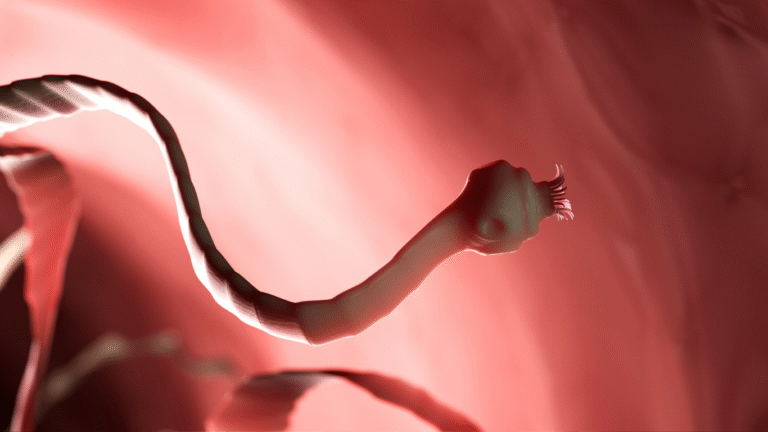Discover the surprising story of Lacticaseibacillus casei, a probiotic microbe once controversially harvested from the vagina and now dominating Asia’s markets.
The day begins in a place most humans rarely think about — the delicate, warm folds of the human vagina. Here, millions of microbes coexist, keeping balance and guarding against infection. Among them lives me, Lacticaseibacillus casei. Life here is moist, nutrient-rich, and safe. My job? To produce lactic acid that keeps harmful invaders away by lowering pH and protecting my human host’s health. It is a role I have played for generations, unseen but essential.
I do not know it yet, but my quiet existence is about to be disrupted.
One day, researchers arrive. Using swabs, they collect samples from healthy women. Without my consent, I am lifted from my warm home and placed into a sterile lab dish. This is how I left my birthplace, through a process that many later called controversial. The idea of using bacteria harvested from the vagina for food supplements shocked people at first. After all, who would want to drink or eat something born from such an intimate place? Yet scientists saw my potential. Unlike many microbes that die in harsh environments, I could survive stomach acid, colonize the gut, and bring health benefits like improved digestion and better immune responses.
In my new home — the laboratory — life changed dramatically. Instead of the gentle rhythm of my human host, I was placed into nutrient-rich broth, encouraged to multiply again and again. Suddenly, there were not just a few of us, but billions, identical clones produced in vast fermenters. It was dizzying, but it also meant we were destined for something bigger. Humans began packaging us into bottles of yogurt, probiotic drinks, and capsules.
Inside the gut, my role expanded further. I worked tirelessly to break down carbohydrates and balance other bacteria. By producing lactic acid, I created an acidic environment that made it harder for harmful microbes to thrive. I also secreted bacteriocins — tiny proteins that acted like natural antibiotics, slowing down or stopping the growth of dangerous pathogens. Consumers began to notice subtle but important changes. Some experienced less bloating, others had smoother digestion, and many reported relief from diarrhea caused by antibiotics. Word spread. People began to talk about probiotics, a term that would later dominate the wellness industry.
At first, not everyone embraced me. In the West, people hesitated. The story of my vaginal origins raised eyebrows and wrinkled noses. Some dismissed me as a marketing gimmick. But in Asia, the story unfolded differently. In the 1930s, a Japanese scientist named Dr. Minoru Shirota believed that strengthening the gut with good bacteria could help people live longer, healthier lives. He carefully cultivated a strain of me, Lacticaseibacillus casei Shirota, selecting the hardiest individuals who could survive the long journey through the human digestive tract. From that work came Yakult, a fermented milk drink that would change my destiny.
Yakult was small — a tiny plastic bottle filled with billions of us, sweetened just enough to taste pleasant. Japanese families began drinking it daily, and soon it became a habit passed down to children. By the mid-20th century, Yakult spread beyond Japan, entering neighboring Asian markets. In countries like the Philippines, Indonesia, China, and beyond, Yakult ladies in their iconic uniforms delivered bottles door to door. Parents bought them for their children, believing it would strengthen their health. Doctors recommended them as a gentle aid for digestion.
What started as a controversial harvesting from the human body had turned into a cultural phenomenon. Refrigerators across Asia were suddenly filled with bottles containing me. Supermarkets dedicated entire shelves to probiotic drinks. In schoolyards, children compared who had their Yakult for the day. We had become part of daily life.
The numbers told the story too. By the 2000s, Yakult was being sold in more than 30 countries, with Asia as its strongest market. Factories produced millions of bottles daily, and I, once a humble vaginal microbe, had become a global icon. Other companies noticed and followed suit, creating their own probiotic drinks and yogurts, many of them also using strains of Lacticaseibacillus casei. Competition was fierce, but the demand for probiotics only grew.
Still, the journey was not without challenges. Scientists debated how much of the health claims were real and how much was clever marketing. While studies showed benefits like reducing certain types of diarrhea, improving digestion, and supporting the immune system, other claims were harder to prove. Some critics pointed out that not all probiotic products were created equal — a strain that worked in one study might not perform the same way in another. Meanwhile, ethical discussions lingered. Was it right to take microbes from intimate human spaces and turn them into commercial products?
On the other hand, the benefits were clear to millions who drank Yakult daily. For them, it was more than a product — it was part of their lifestyle, their family tradition, their morning routine. My descendants, floating in sweetened fermented milk, traveled across borders, cultures, and generations. We had become not just bacteria, but a bridge between science, commerce, and everyday life.
Now, as I reflect on my day, I realize it no longer ends in the warm, protective walls of the vagina where I was born. Instead, it ends in the stomachs and intestines of millions around the world. Some of us thrive there, contributing to gut balance. Others pass through, leaving behind traces of lactic acid and balance as we go.
My story is unusual — from controversial origins to supermarket shelves. Yet it is also a reminder that science often finds solutions in unexpected places. What once sounded shocking became ordinary. What once seemed unmarketable became a global success.
For humans, the takeaway is simple: probiotics like Lacticaseibacillus casei can play a role in supporting digestive health, but not every claim is guaranteed. It is always wise to consult healthcare professionals before relying on supplements. After all, microbes are powerful allies — but they are not magic.
And so my day ends, not in silence, but in the lively churn of a human gut somewhere in Asia, where billions like me continue our invisible work. From the shadows of controversy, we stepped into the spotlight of everyday life. From a hidden corner of the human body, we took over the markets of Asia. And in every tiny Yakult bottle, my story lives on.
Sources:
- Centers for Disease Control and Prevention (CDC). What is a microbiome?
- Mayo Clinic. Probiotics: What you need to know
- National Institutes of Health (NIH). Role of Lactobacillus in the vaginal microbiome
- NIH, National Center for Complementary and Integrative Health. Probiotics: What you need to know



